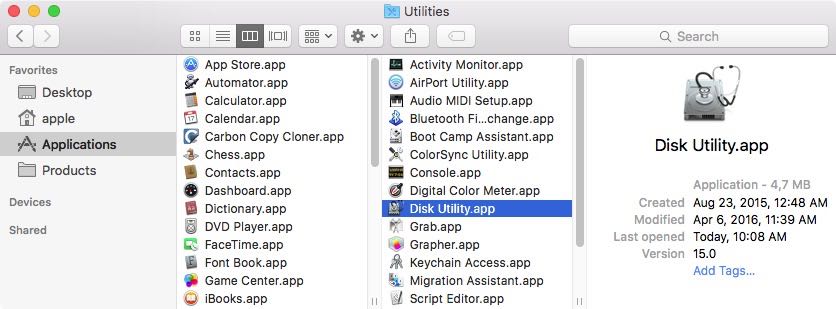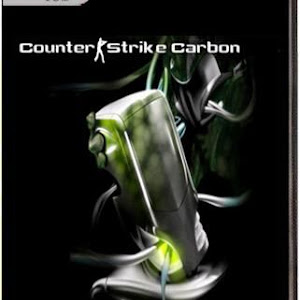2020. 1. 27. 21:41ㆍ카테고리 없음

Mac os x 10 1 2 upgrade free download - Mac OS X Update, Mac OS X Update, Apple Mac OS X Mavericks, and many more programs. Upgrade your version of Java for.
- For Mac Os X 10.12 Full Free Version Carbon Countertop
- For Mac Os X 10.12 Full Free Version Carbon Counters
Creating a macOS Recovery Partition without reinstalling OSX or re-running your installer // under Restoring from a Time Machine backup - at least for me - won’t furnish you with a Recovery partition. This is bad news because the only official way of getting a recovery partition is to reinstall macOS. This seems a little counter-intuitive because isn’t the point of backing up your computer so you don’t have to reinstall your OS? Anyway, let’s get to creating your recovery partition without a reinstall or without 3rd party tools. It’s easier than you think!
Note that this process worked for me on macOS Sierra (10.12). I give no warranties that this will work for you so backup first.

Background As you probably already know, macOS won’t help create a recovery partition for you and your OS will complain in these various ways:. iCloud Find my Mac can’t be enabled. FileVault (disk encryption) can’t be enabled There’s a lot of info on the web about how to potentially resolve this, along with a number of 3rd party tools — and none of them worked for me. The first one that was suggested was Carbon Copy Cloner and this won’t work because all it does it clone a Recovery HD, which means you actually need a partition to start with. I was also under the impression that would help you create one as well, but this isn’t possible on your boot disk. Finally, even when trying CCC from another Mac (and pointing it at my Macbook in Target Disk Mode), it wouldn’t work either — though I can’t recall the specific reason.
So CCC is out. Next, there’s the suggestion of from Christopher Silvertooth.
This AppleScript-based tool looks like it used to worked back in the day (10.9 era) but it fails on Sierra; getting part way through and hanging. So, this is out too. The script is saved as read-only so the raw source isn’t available but looking at what it does call ( dmtest ensureRecoveryPartition) lead me to a fully workable solution. Solution Firstly, you’ll either need two Mac computers or the ability to boot your computer off an external drive because the recovery partition creator dmtest can’t write to your boot drive.

For Mac Os X 10.12 Full Free Version Carbon Countertop

For Mac Os X 10.12 Full Free Version Carbon Counters
The latter is easy if you’ve got a spare cable for Target Disk Mode (hold down T as your computer starts up). If so, connect it to the second Mac, and start the machine you want a Recovery partition on in Target Disk Mode.
Otherwise, if you can boot a second disk ( USB etc) connected to your target computer, then just do so. I had a spare Mac on hand so that was much faster and easier than installing macOS onto a USB. After your second Mac/macOS install can see the disk you want to install a recovery partition onto (use either Disk Utility or diskutil list to check its presence), do this: Run this in a terminal after you have downloaded Sierra, or your OS, from the App Store.
Adjust the TARGET and MACOSINSTALLER paths accordingly. Essentially, we download the latest (easily) accessible Recovery drive.dmg with dmtest in it, the utility that’s going to help us create the Recovery partition, and then mount/use the.dmg inside the macOS installer to get the work done. Don’t mind that the dmtest is from Lion; it works just fine with Sierra. This won’t take long to run and the debugging messages in your terminal tell you what percentage complete the process is. Feel free to adapt this to your own paths or for different versions of macOS. On the off-chance (read: very likely possibility) that Apple removes the Lion Recovery HD installer, you can use the backup copy of that I’ve got stored here. Note again that this file was from Lion and may or may not work with any future macOS after 10.12.
